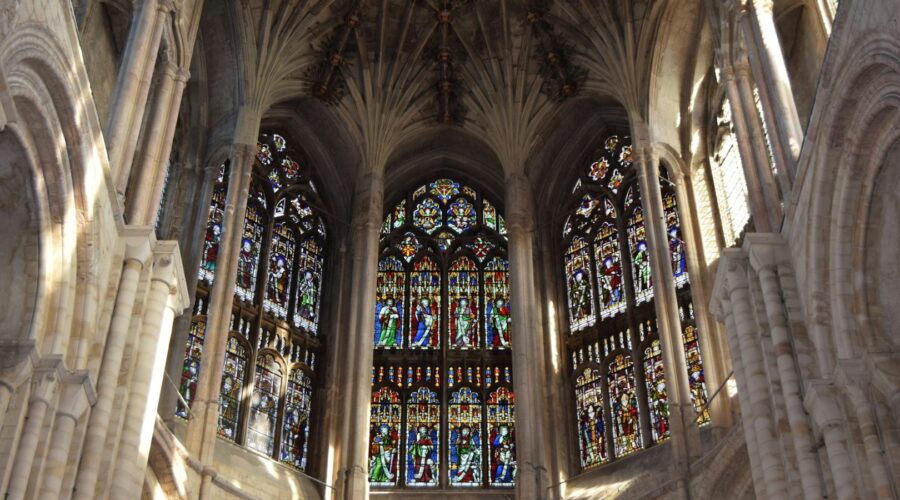Your cart is currently empty!
Assumption of the Blessed Virgin Mary: A Comprehensive Guide

Introduction
The Assumption of the Blessed Virgin Mary is a significant event in Christianity that celebrates the belief that Mary, the mother of Jesus Christ, was taken up into heaven with her body and soul intact. This event is observed by various Christian denominations, including the Catholic Church, Eastern Orthodox Church, and Anglican Communion, among others.
Historical Development
The belief in Mary’s Assumption has roots in early Christian traditions but gained prominence in the Middle Ages. In the 6th century, Emperor Maurice made it an official feast day in the Byzantine Empire. By the 8th century, the feast had become widely celebrated in the West.
Biblical Basis
While not explicitly mentioned in the Bible, the Assumption is believed to be supported by various passages:
- Psalm 45:13-15: “The bride is radiant, clothed in gold and priceless gems. She is led to the king in a robe of gold-woven cloth and embroidered linen.”
- 1 Corinthians 15:42-44: “So also is the resurrection of the dead. The body that is sown is perishable, it is raised imperishable; it is sown in dishonor, it is raised in glory; it is sown in weakness, it is raised in power; it is sown a natural body, it is raised a spiritual body.”
Theological Significance
The Assumption of Mary holds several theological implications:
Mary’s Immaculate Conception
The Assumption reinforces the belief that Mary was conceived without original sin. If she was taken up into heaven with her body, it indicates her sinlessness and purity.
Mary’s Role in Salvation History
The Assumption represents Mary’s unique role in the history of salvation. As the mother of Christ, she is seen as a mediator between God and humanity.
Human Participation in Divine Glory
The Assumption offers a glimpse of the hope for human resurrection and participation in God’s glory. Mary’s Assumption shows that the human body, despite its mortality, is capable of being transformed and glorified.
Liturgical Celebrations
The Assumption is typically celebrated on August 15th in the Western Church and August 28th in the Eastern Orthodox Church. The feast is marked by:
- Solemn Mass or Divine Liturgy
- Processions and Marian devotions
- Floral offerings to the Virgin Mary
Artistic Depictions
The Assumption of Mary has been a popular subject in Christian art throughout history. Notable depictions include:
- Titian, “Assumption of the Virgin” (1516-1518)
- El Greco, “The Assumption of the Virgin” (1577-1579)
- Peter Paul Rubens, “The Assumption of the Virgin” (1626-1628)
Devotional Practices
Devotional practices associated with the Assumption include:
- Marian prayers: Hail Mary, Magnificat, Rosary
- Veneration of Mary’s relics: Certain objects are believed to be associated with Mary, such as her veil, girdle, and tomb.
- Pilgrimages to Marian shrines: Lourdes, Fatima, and Guadalupe are popular pilgrimage sites dedicated to Mary.
Conclusion
The Assumption of the Blessed Virgin Mary is a significant event that holds both historical and theological significance in Christianity. It reflects the belief in Mary’s unique role in salvation history, her Immaculate Conception, and the hope for human resurrection and participation in God’s glory. The Assumption continues to be celebrated with devotion and reverence by Christians around the world.